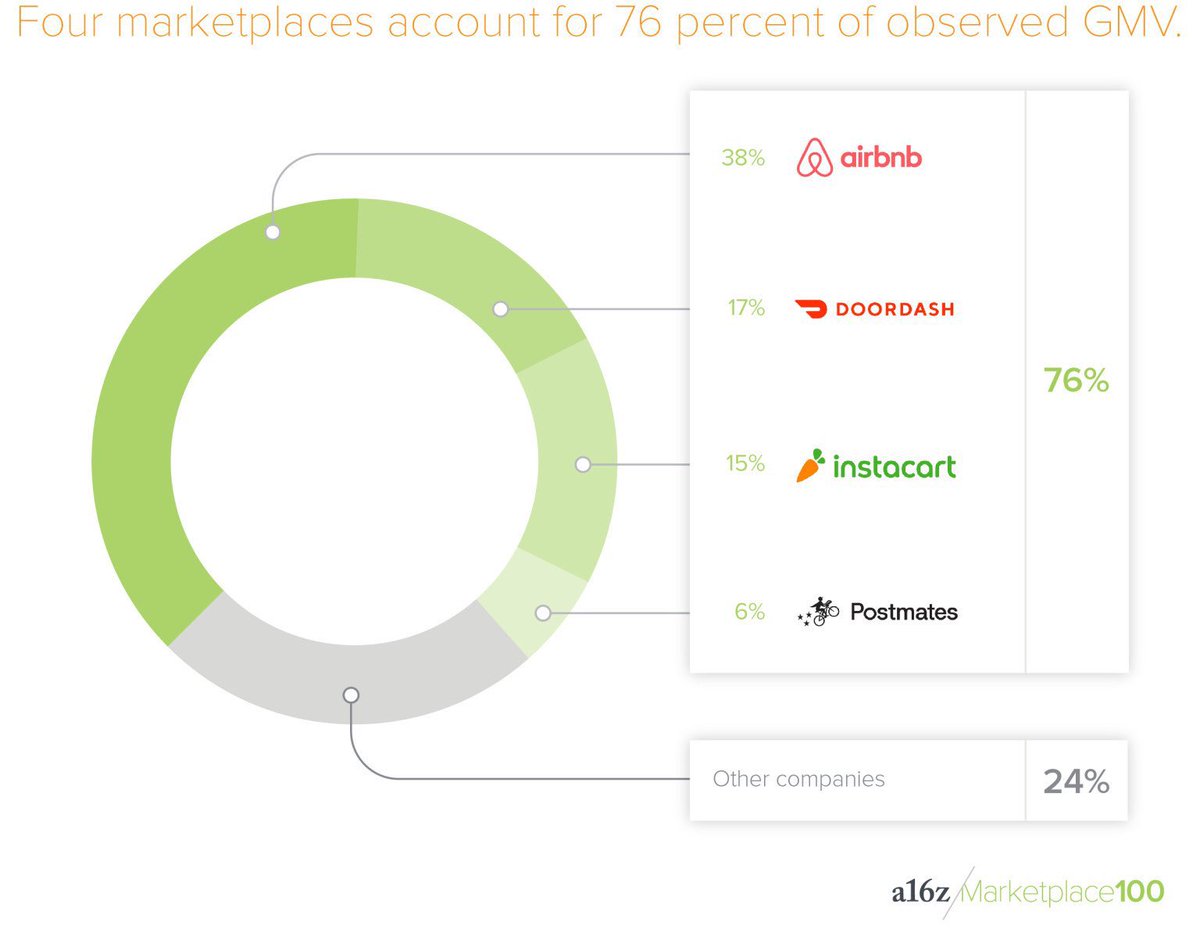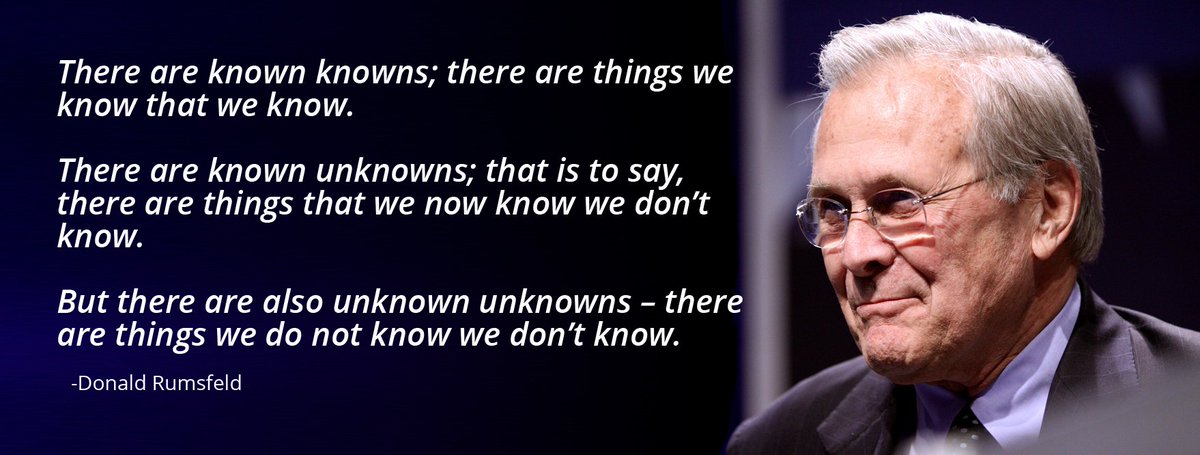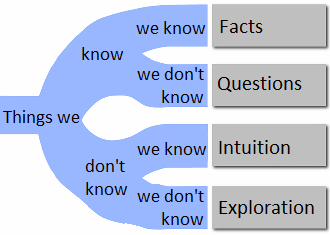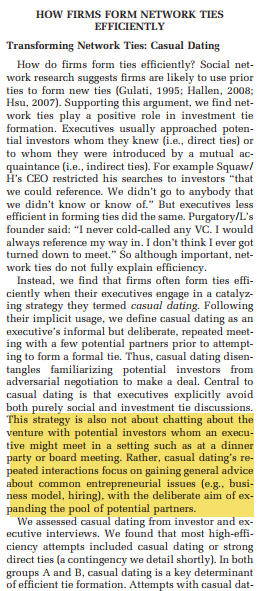
Venture capital is the final big holdout of instinct-based investing in a finance world that has gone quant. This is from a giant survey of VCs & it shows only around 1 in 10 do any sort of quantitative analysis of past decisions & nearly half often make gut investment decisions 



This is because analysis doesn’t help that much. But neither does any other method: picking an unexpected first winner appears to require a lot of luck (VCs who do it once don’t do it again), but then that luck can be turned into status, and status generates profitable deal flow!
https://twitter.com/emollick/status/1335756477705883650
The issue is that if you are just going on instinct, investment decisions can suffer from many biases; including homophily - the tendency of people to like people like themselves. That creates real consequences for both the types of startups that get funded & VC performance 👇
https://twitter.com/emollick/status/1294707863756177409
And VC is only part of the story, angel investment is even more based on gut feel, as @LauraHuangLA & Pearce found in their classic paper on how angels think about investments. researchgate.net/publication/28… 

• • •
Missing some Tweet in this thread? You can try to
force a refresh
















